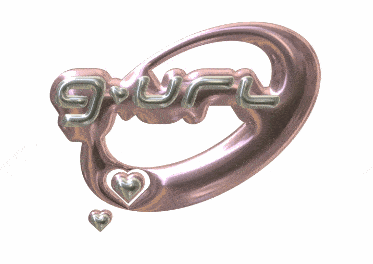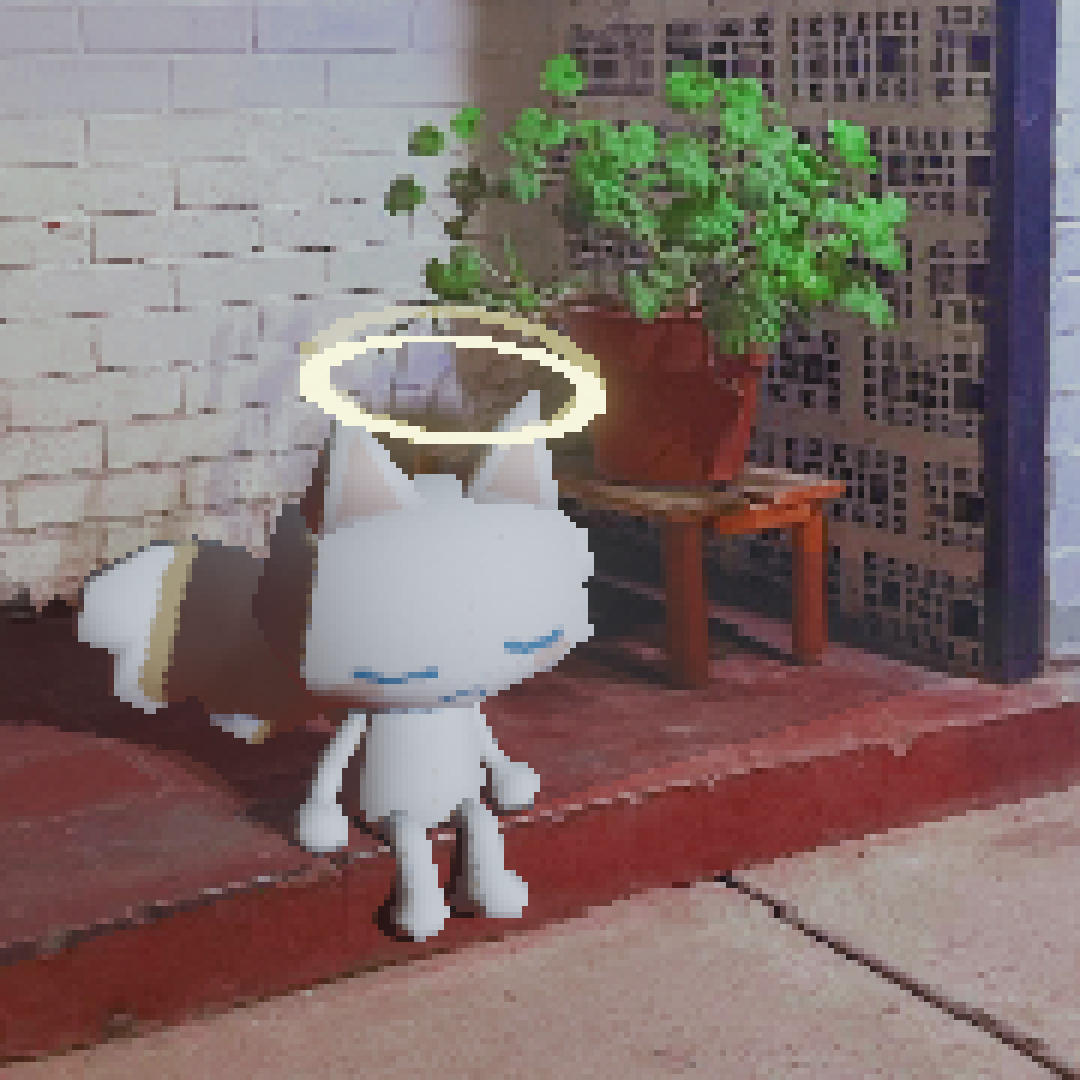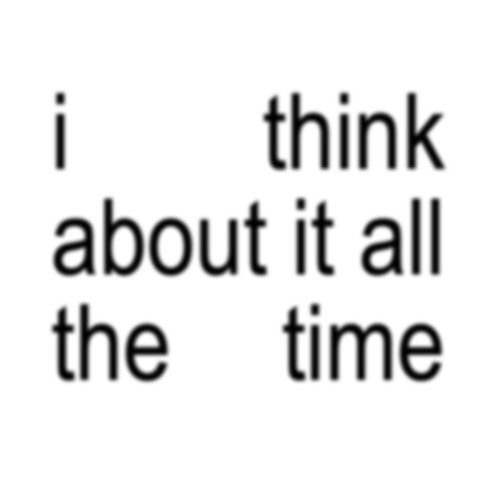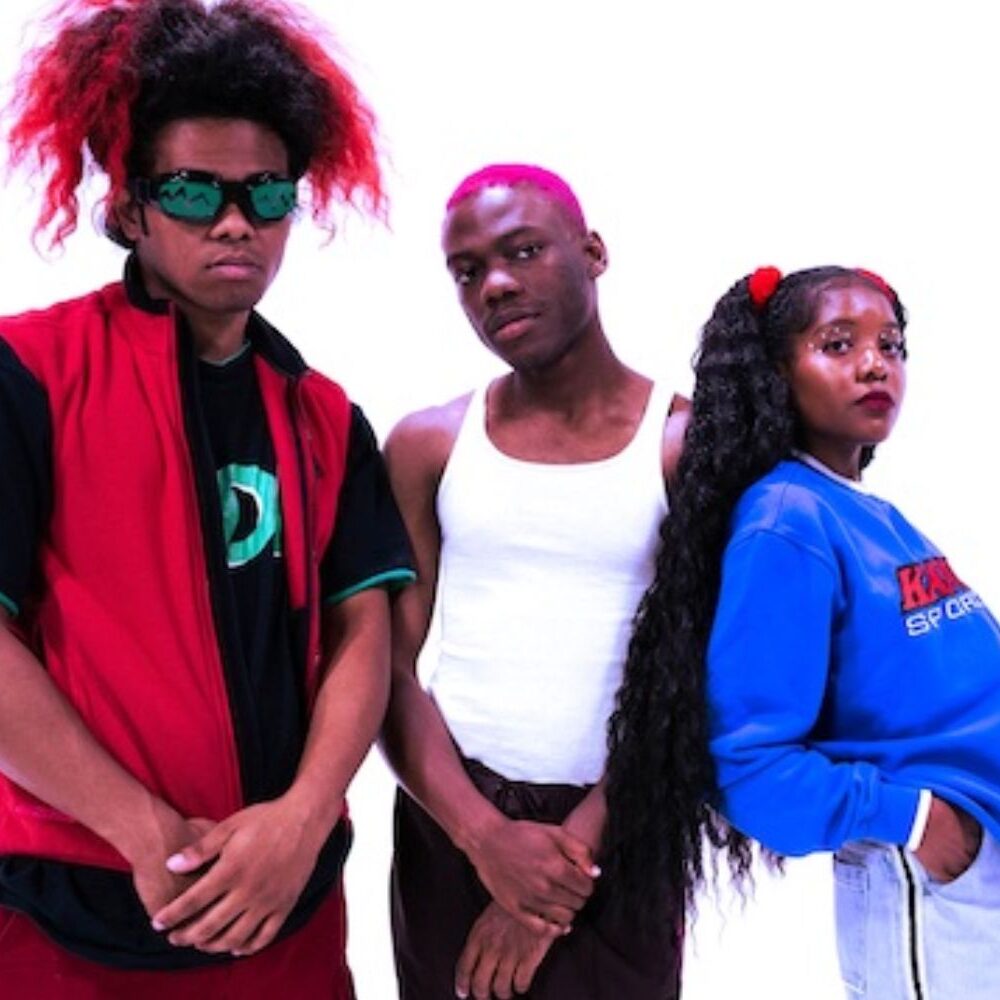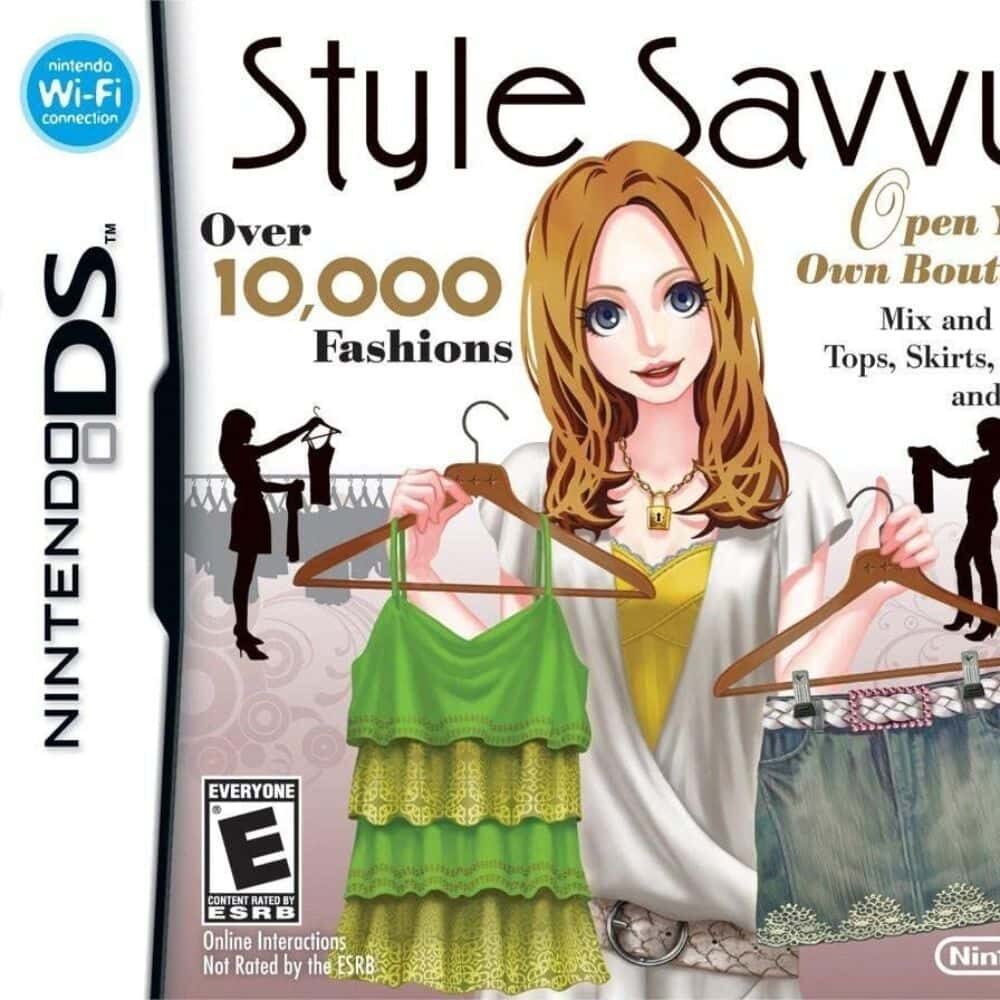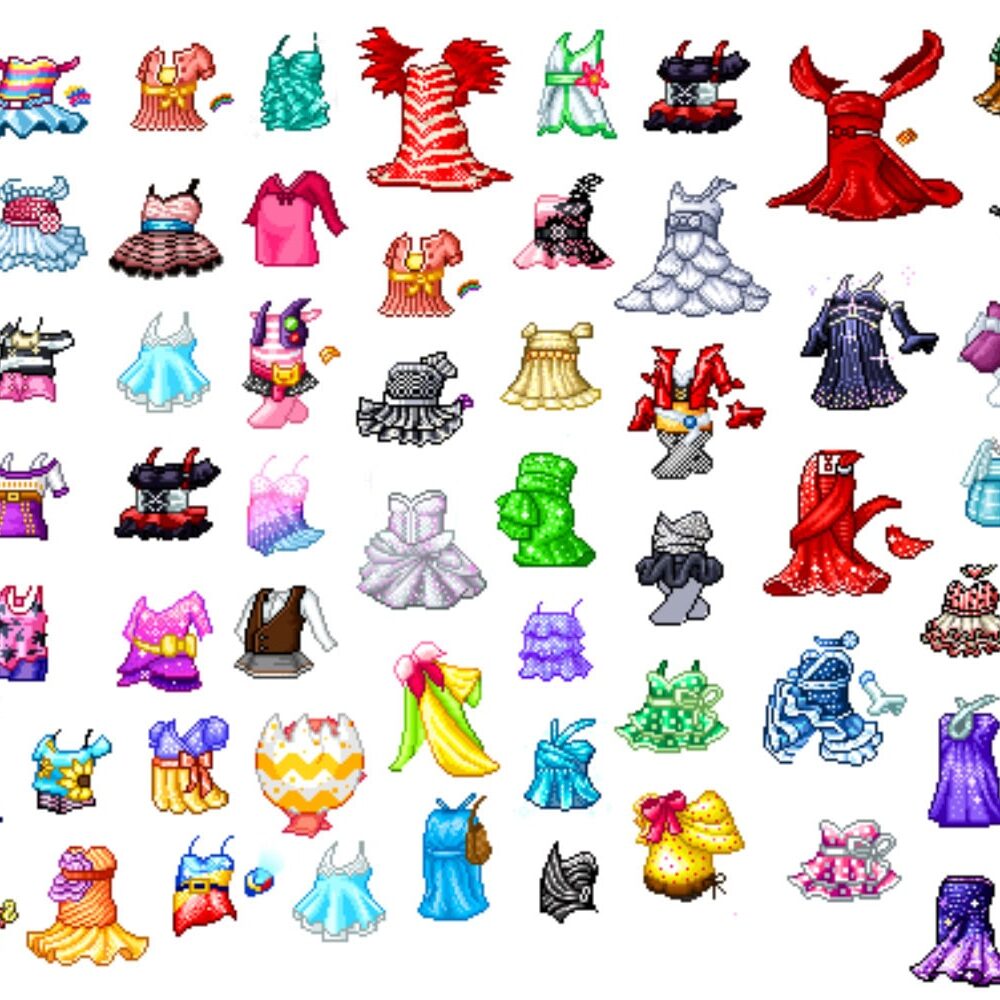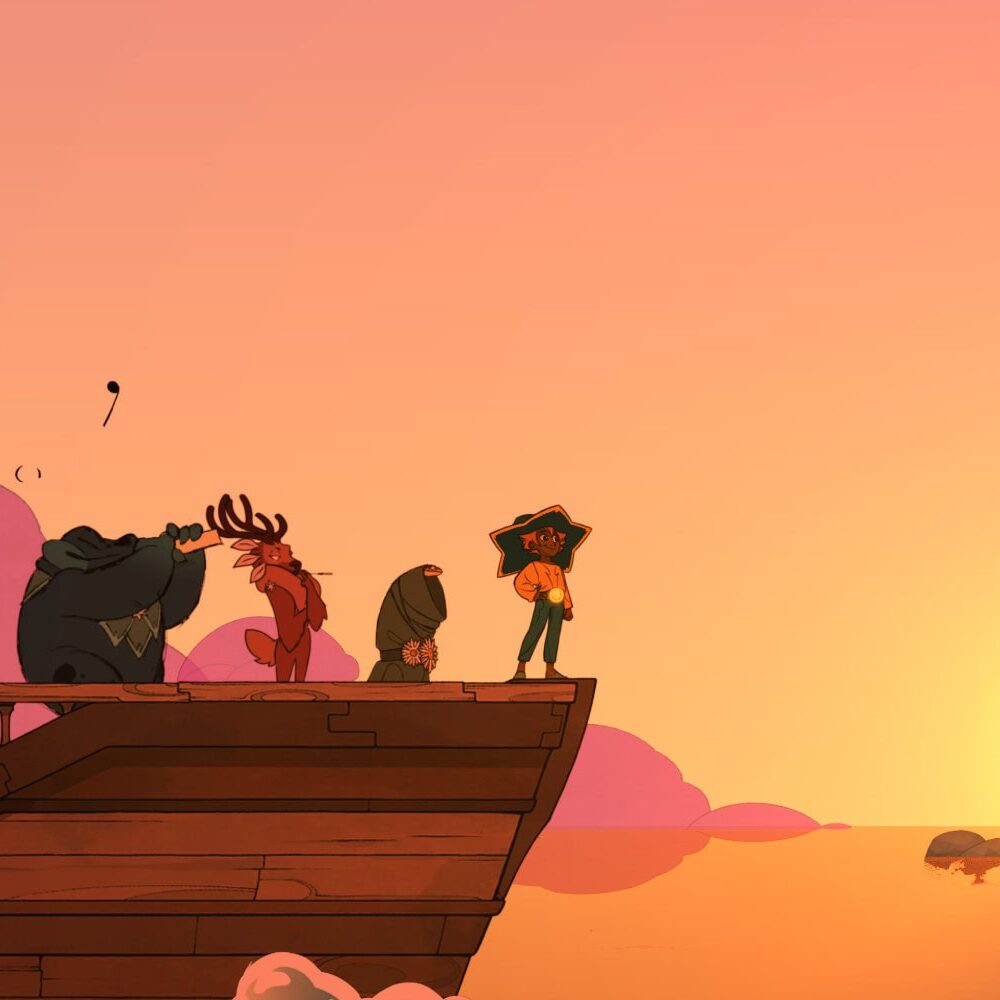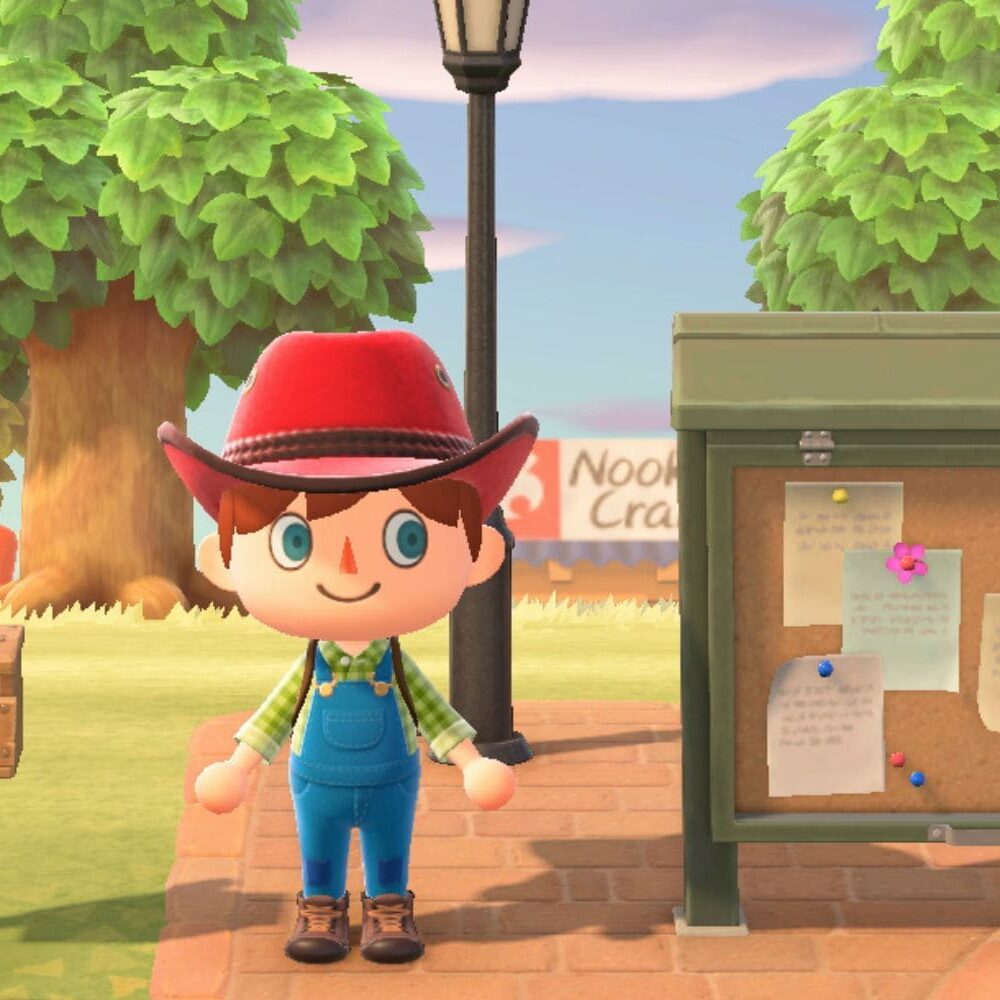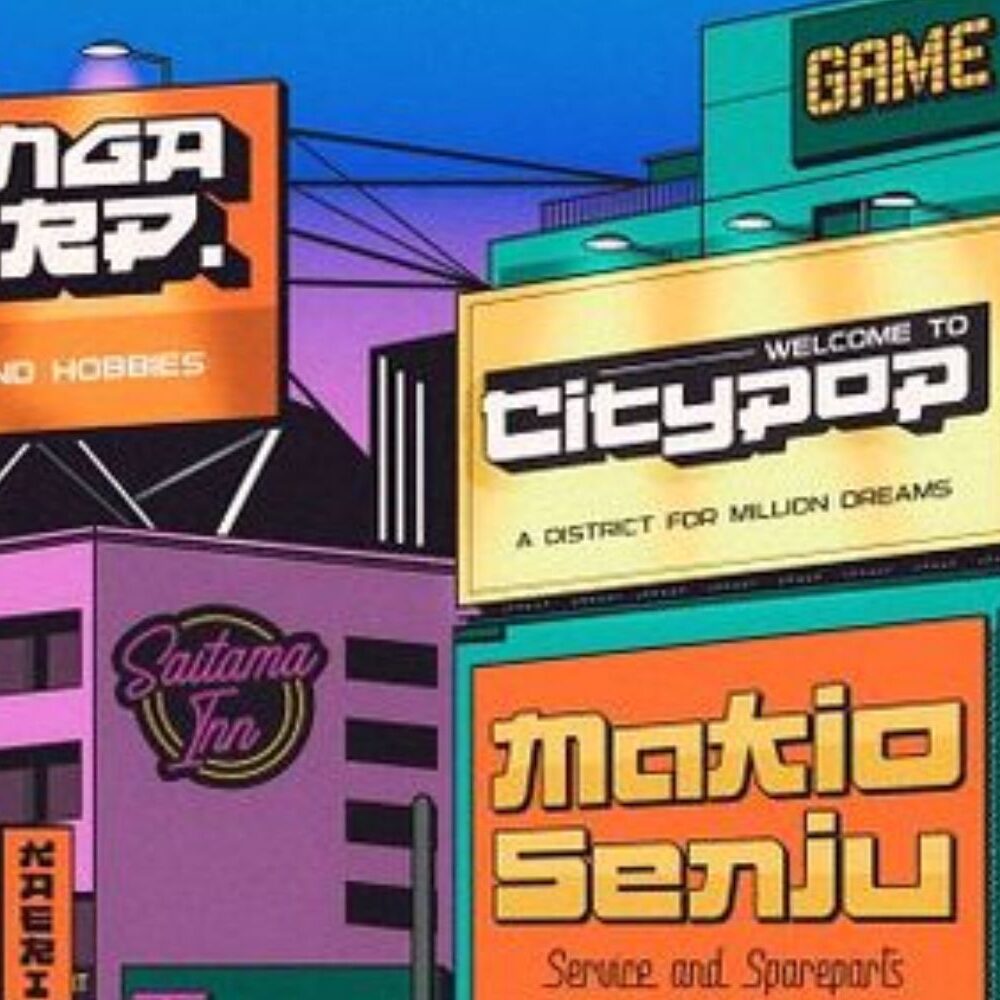
City Pop: The Soundtrack and Aesthetic of 1980s Japan
Exploring the vibrant music and visual culture that captured the essence of Japan’s urban lifestyle during its economic boom, and its resurgence in the digital age.
You’re walking through the neon-lit streets of Tokyo at night. The city is alive with the hum of life, from the buzzing sounds of arcades to the chatter of people in cafés. You slip a cassette tape into your Sony Walkman, and as you press play, you’re greeted by the smooth, synth-driven sounds of City Pop—a genre that effortlessly blends jazz, funk, and R&B, capturing the essence of Japan’s urban lifestyle during its economic boom.
City Pop is more than just music; it’s a time capsule of 1980s Japan. With its polished production, catchy melodies, and optimistic themes, the genre reflects the hope, prosperity, and innovation of the era. The genre flourished during the height of Japan’s economic bubble, offering a soundtrack to the urban sophistication and glamorous nightlife of the time.
The genre has roots dating back to the 1970s, influenced by Western pop, rock, and jazz. But it was in the 80s, with artists like Tatsuro Yamashita, Mariya Takeuchi, and Anri, that City Pop truly came into its own. Their work combined the best of both worlds: the upbeat energy of American pop with the distinct sensibilities of Japanese culture.
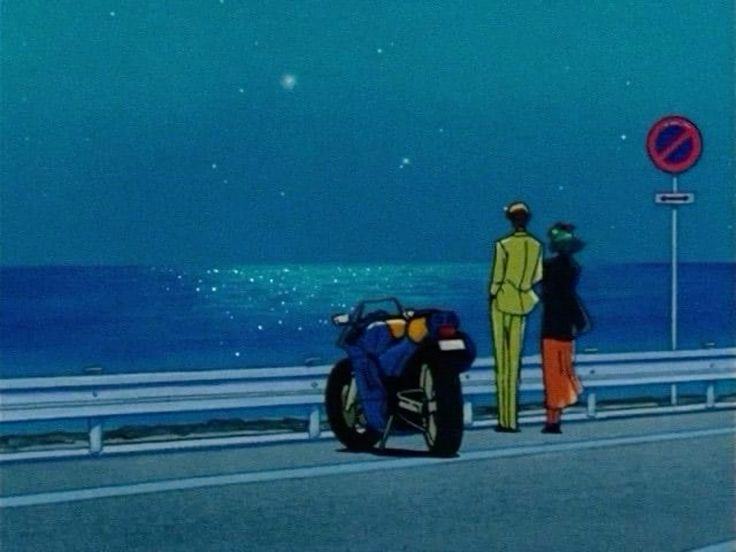
However, City Pop is not just about the music; it’s also about the aesthetic that accompanied it. The visual style associated with City Pop is a vibrant mix of neon lights, futuristic cityscapes, and luxurious urban lifestyles. This aesthetic captures the essence of a time when Japan was at the peak of its economic prowess, and the future seemed limitless. The neon signs, often in pinks, purples, and blues, are iconic of Tokyo’s nightlife, casting a surreal glow over the city’s streets and creating a dreamlike atmosphere. These visuals are often paired with images of sleek, modern architecture, luxury cars, and stylish fashion, all symbolising the affluence and modernity of the time.
One of the most iconic tracks is “Plastic Love” by Mariya Takeuchi, released in 1984. The song embodies the essence of City Pop with its groovy bassline, lush synths, and lyrics that reflect the fleeting nature of romance in the bustling city. Though it wasn’t initially a massive hit, “Plastic Love” has since become an anthem for the genre, thanks in part to the internet’s rediscovery of City Pop in the 2010s.
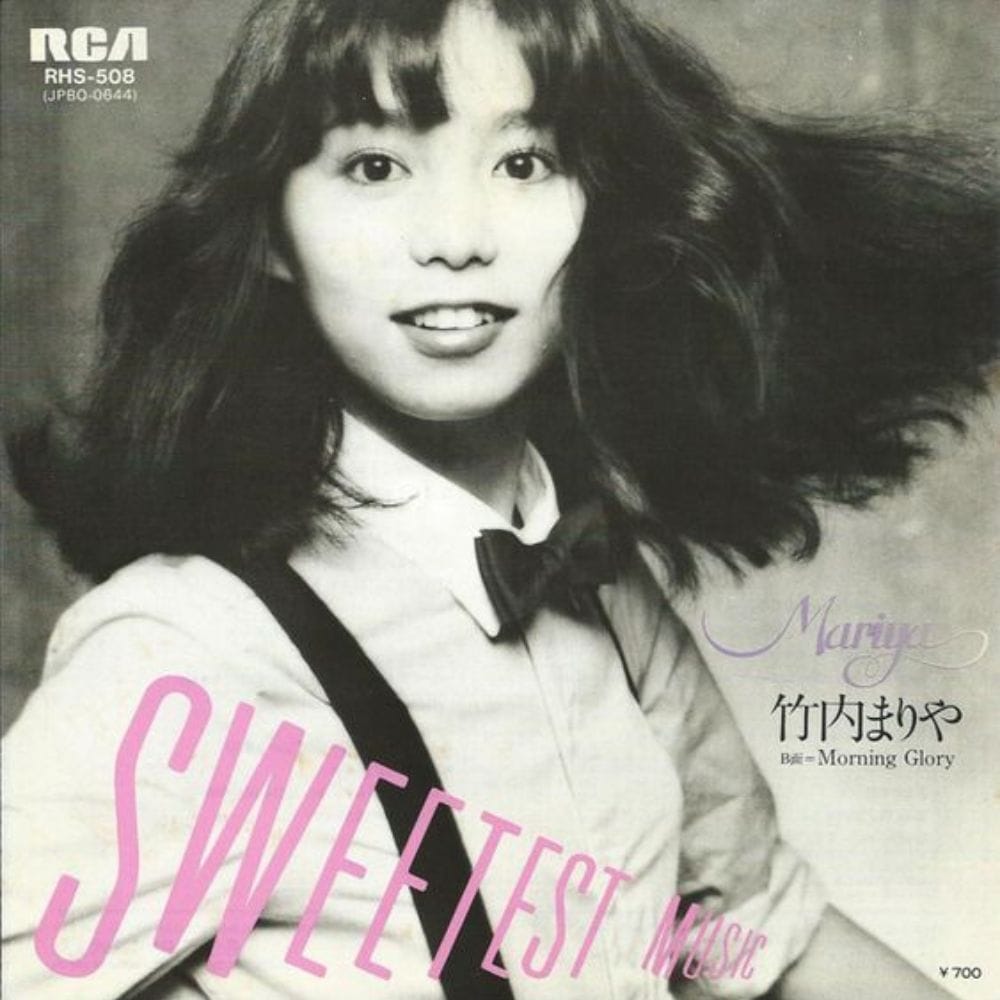

The resurgence of City Pop can be credited to platforms like YouTube, where the genre found a new audience among listeners nostalgic for a past they never lived through. The aesthetic appeal of City Pop, with its vibrant album covers and retro-futuristic vibes, also resonated with the growing vaporwave and future funk movements, further fuelling its revival.
___STEADY_PAYWALL___
In the digital age, the City Pop aesthetic has been revitalised and adapted by a new generation. The genre’s visual elements have found their way into modern media, influencing everything from fashion to video games. The retro-futuristic feel of City Pop, with its clean lines, bold colours, and optimistic view of the future, has inspired designers and artists around the world. This aesthetic is often characterised by a mix of high fashion, sleek technology, and an idealised version of urban life. The juxtaposition of traditional Japanese elements with modern, Western influences creates a unique and captivating style that continues to resonate with audiences today.
City Pop’s influence has extended beyond Japan, inspiring a wave of modern artists both in and outside the country. Producers like Macross 82-99 and Yung Bae have embraced its smooth grooves, blending them with contemporary beats to create a fresh, yet familiar sound. Even mainstream artists like The Weeknd have nodded to the genre, incorporating its nostalgic elements into their work.
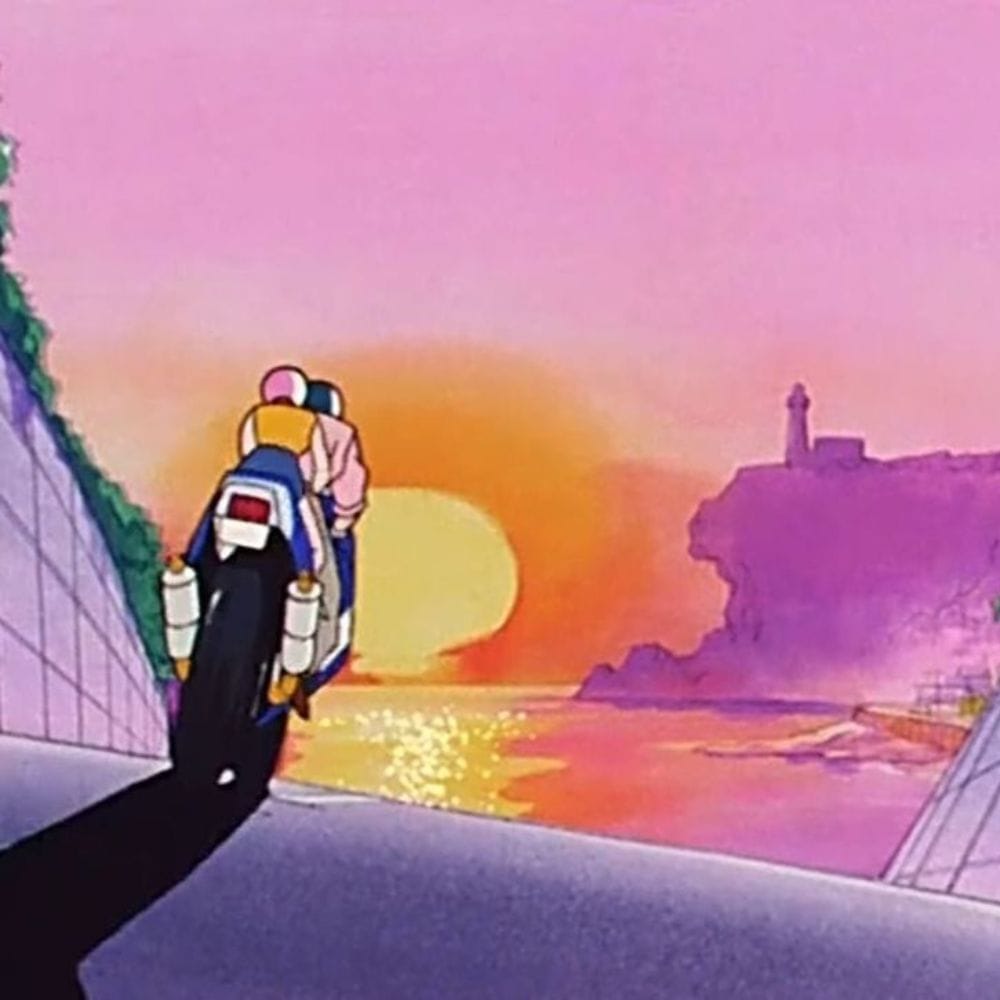
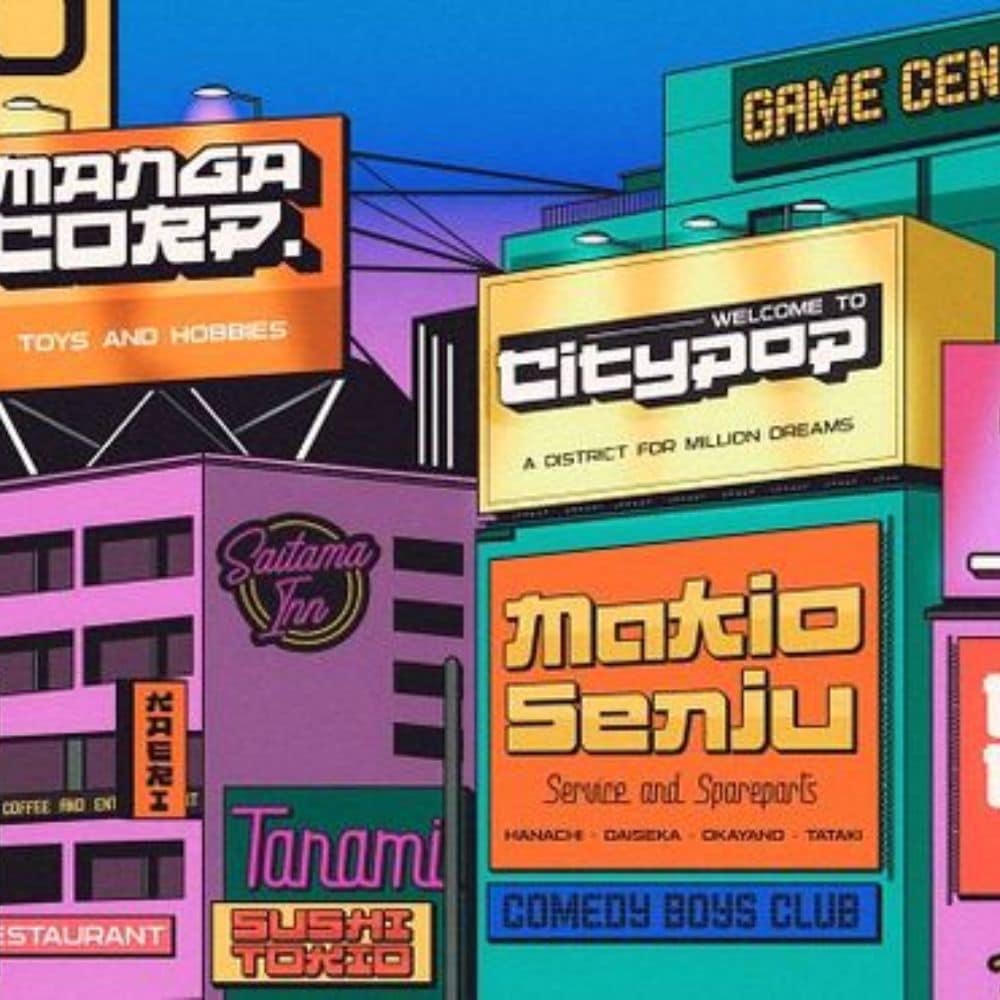
With the rise in popularity of retro aesthetics and the yearning for a simpler time, it’s no surprise that City Pop has made a comeback. For many, it offers an escape to an idealised version of the past—one where neon lights, luxurious nightclubs, and carefree love affairs reign supreme.
City Pop isn’t just a genre; it’s a cultural movement that continues to inspire and influence. From its origins in the streets of Tokyo to its revival on the internet, City Pop remains a testament to the timeless appeal of 80s Japan. As more people discover and fall in love with its smooth, nostalgic sounds, the genre’s legacy is sure to endure.
So, why has City Pop risen in popularity again, and what draws people to it? The answer lies in the cyclical nature of nostalgia. As we sift through the past for inspiration, we inevitably stumble upon forgotten gems like City Pop. Its revival is not just about the music itself but also the emotions and memories it evokes—whether real or imagined. For many, it represents an escape from the complexities of modern life, offering a glimpse into a world where the future was bright, and the possibilities were endless.
Enjoyed this story? Support independent gaming and online news by purchasing the latest issue of G.URL. Unlock exclusive content, interviews, and features that celebrate feminine creatives. Get your copy of the physical or digital magazine today!
